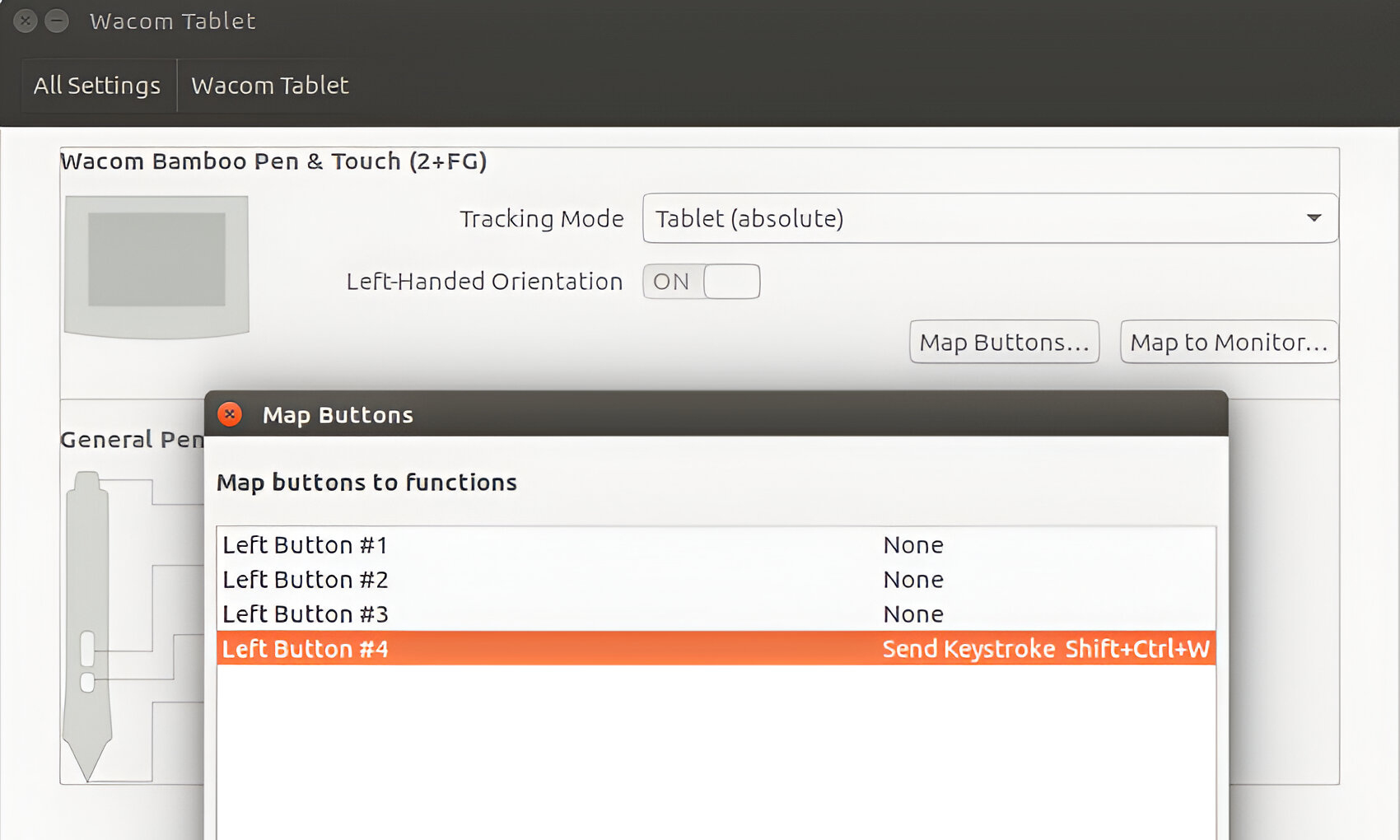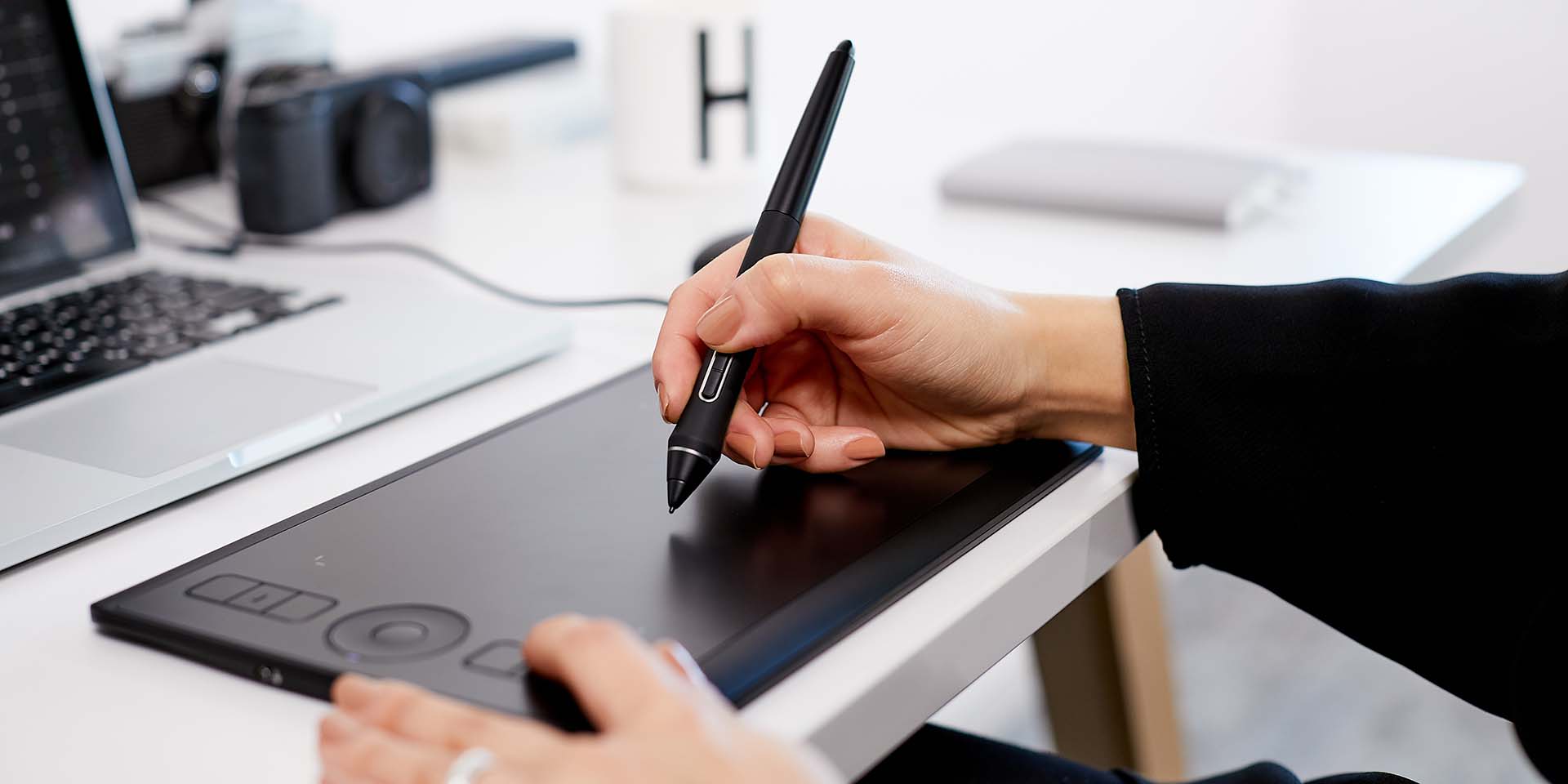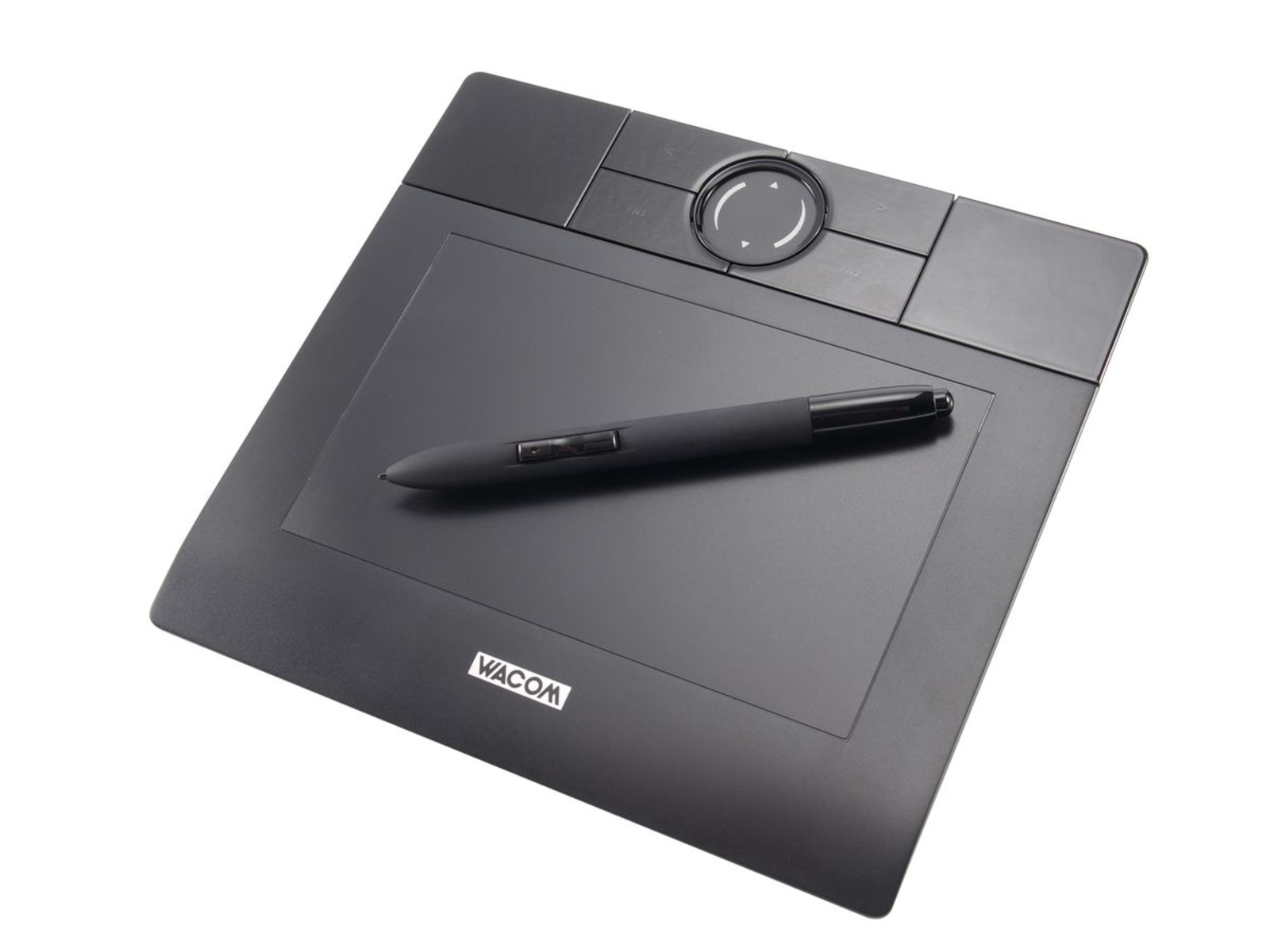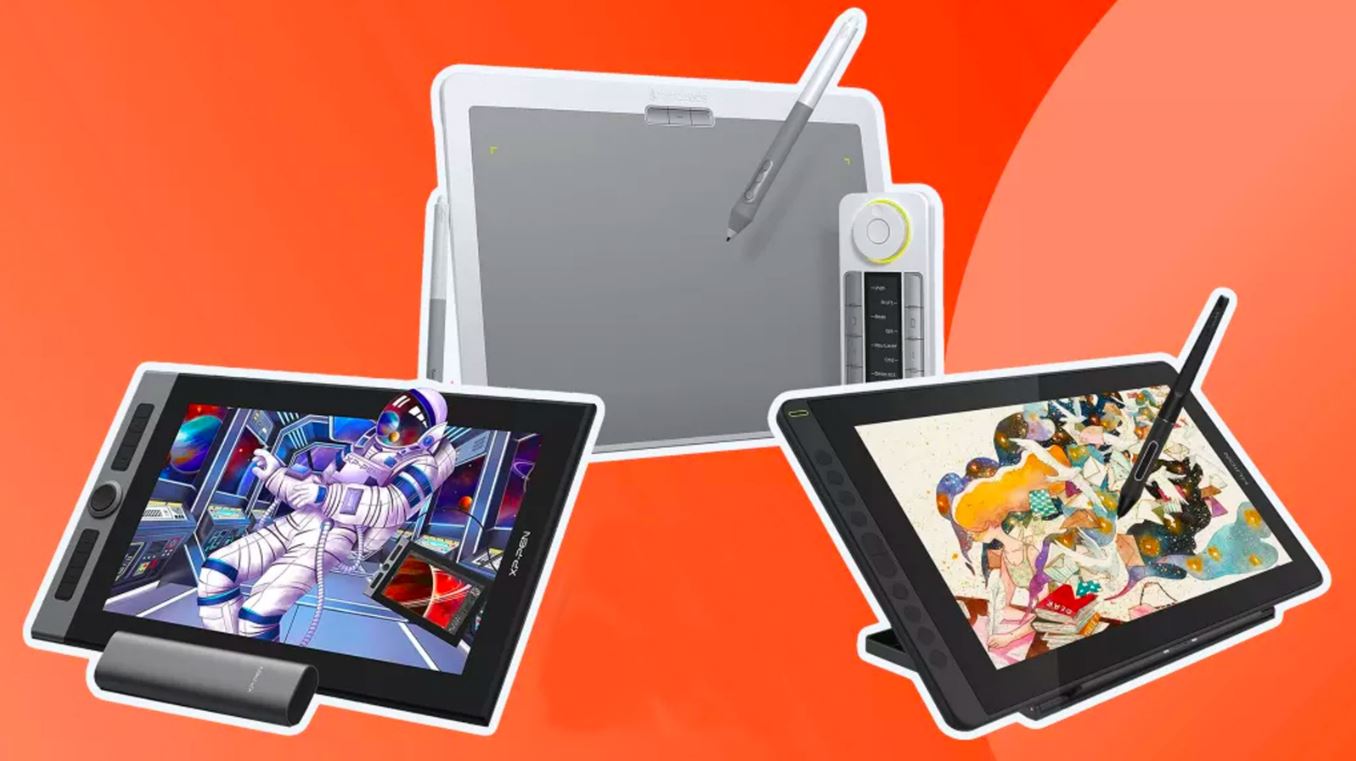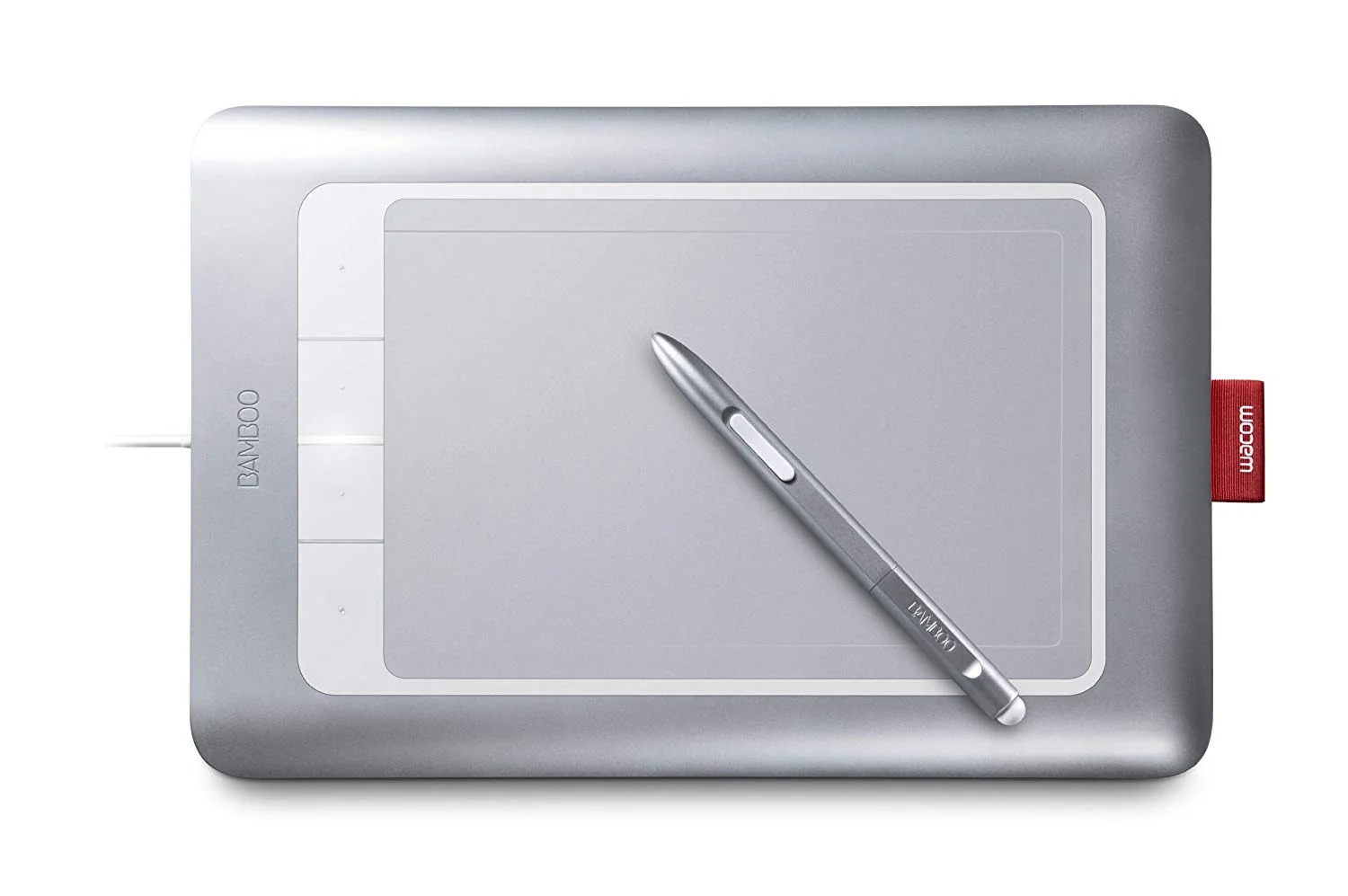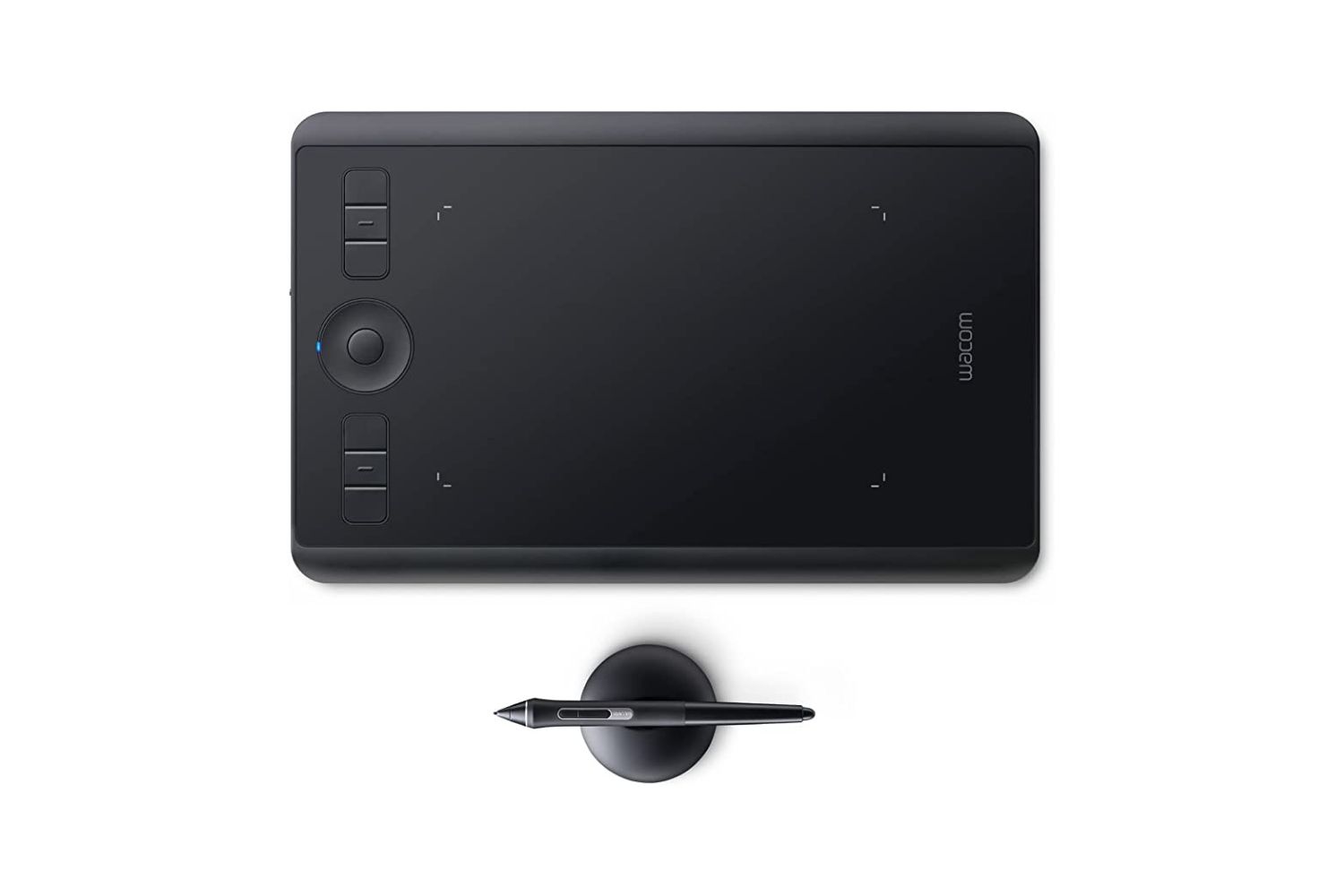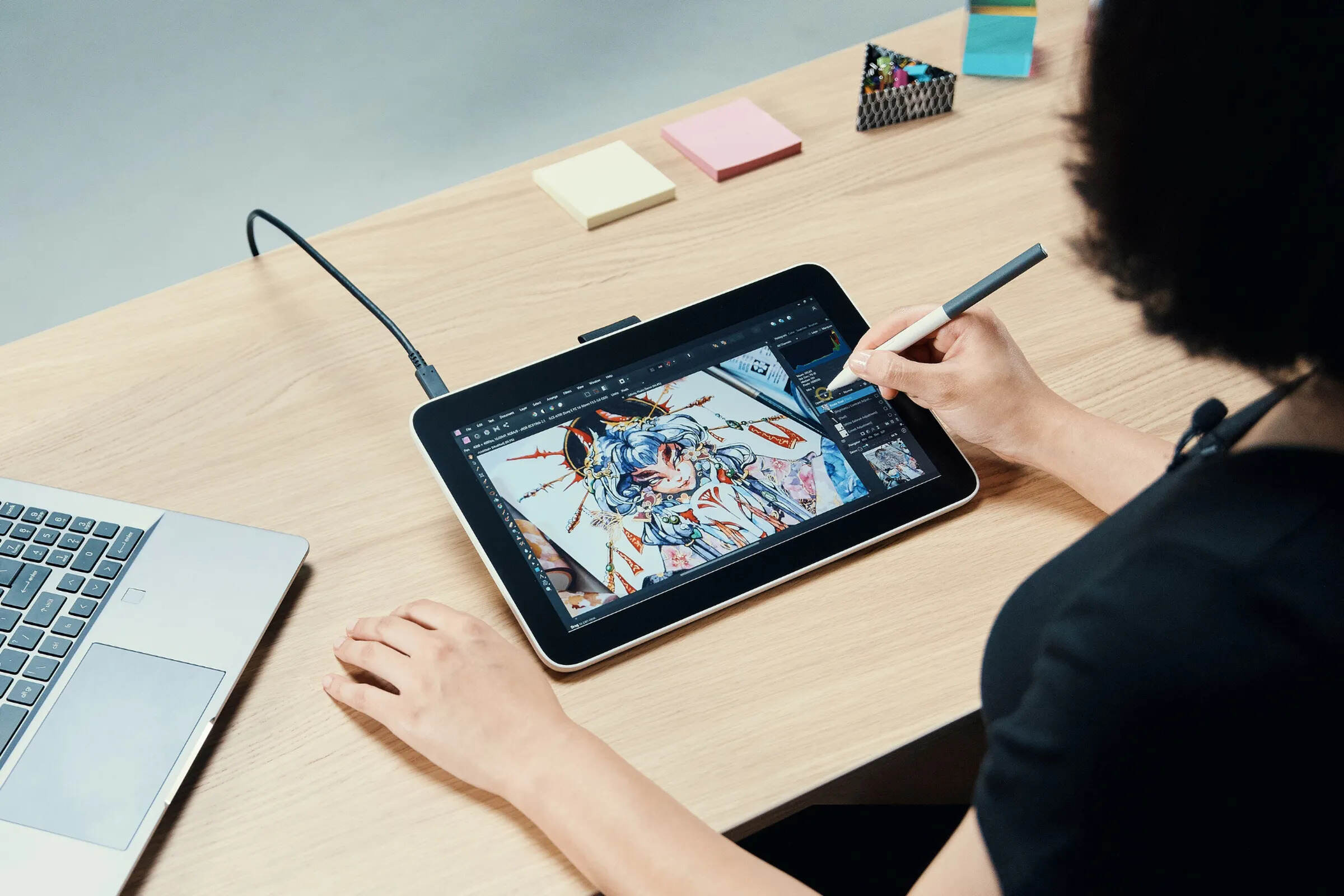Introduction:
How To Turn Off Touch On Bamboo Tablet
The Bamboo tablet is a popular choice for digital artists, graphic designers, and individuals who prefer a more natural and intuitive approach to digital art. While the tablet’s touch feature can be incredibly useful for certain tasks, there may be times when you prefer to disable it. Whether you want to focus solely on using the stylus or prevent accidental touch input, turning off the touch feature on your Bamboo tablet is quick and easy.
In this guide, we will walk you through the simple steps to turn off touch on your Bamboo tablet, allowing you to fully customize your drawing and design experience. By disabling touch, you can enjoy uninterrupted creativity without worrying about accidental gestures or unwanted input. Whether you are a seasoned artist or a beginner exploring the world of digital creativity, this guide will help you make the most out of your Bamboo tablet.
Before we dive into the steps, it’s important to note that the process may vary slightly depending on the model of your Bamboo tablet and the operating system you are using. However, the general steps provided here should give you a good starting point, and you can adapt them to your specific setup.
Step 1: Open the Bamboo Tablet Control Panel
Step 1: Open the Bamboo Tablet Control Panel
To begin the process of disabling the touch feature on your Bamboo tablet, you first need to open the Bamboo Tablet Control Panel. This control panel allows you to customize various settings and preferences for your tablet.
Here are the steps to open the Bamboo Tablet Control Panel:
- Start by locating the Bamboo tablet icon on your computer’s taskbar or system tray. It is usually placed on the right side of the screen, but the exact position may vary depending on your operating system.
- Once you locate the icon, right-click on it to open the context menu.
- In the context menu, you should see an option that says “Bamboo Tablet Preferences” or similar. Click on this option to open the Bamboo Tablet Control Panel.
Alternatively, if you can’t find the Bamboo tablet icon on the taskbar or system tray, you can also open the control panel by searching for it in the Start menu or by navigating through your computer’s control panel options.
Once the Bamboo Tablet Control Panel is open, you will have access to a range of settings related to your tablet, including the touch feature.
Note: If you don’t have the Bamboo Tablet Control Panel installed on your computer, you may need to download and install the latest drivers and software for your Bamboo tablet from the official Wacom website. The control panel software is typically included in the driver package.
Now that you have successfully opened the Bamboo Tablet Control Panel, it’s time to move on to the next step and disable the touch feature on your tablet.
Step 2: Select “Touch”
Step 2: Select “Touch”
Once you have opened the Bamboo Tablet Control Panel, you will need to locate and select the “Touch” option. This option allows you to control and customize the touch functionality of your Bamboo tablet.
Follow these steps to find and select the “Touch” option:
- Within the Bamboo Tablet Control Panel, look for a tab or section labeled “Pen & Touch”. This section is where you can configure the settings for both the stylus pen and the touch feature of your tablet.
- Click on the “Pen & Touch” tab or navigate to the relevant section to view the available options.
- Look for a sub-section or checkbox labeled “Touch” or “Touch Input”. This is the option that controls the touch functionality of your Bamboo tablet.
- Select the “Touch” option to access the settings specifically related to touch input.
By selecting the “Touch” option within the Bamboo Tablet Control Panel, you are now ready to configure and customize the touch feature to your preference. The next step will guide you through the process of turning off the touch feature altogether.
If you are unable to find the “Touch” option within the control panel, double-check that you have the latest drivers and software installed for your Bamboo tablet. In some cases, certain older models may not have a separate touch option, or the touch feature may be integrated into the general tablet settings.
With the “Touch” option selected, let’s proceed to the next step to disable the touch feature on your Bamboo tablet.
Step 3: Turn off the Touch feature
Step 3: Turn off the Touch feature
Now that you have selected the “Touch” option within the Bamboo Tablet Control Panel, it’s time to turn off the touch feature on your Bamboo tablet. Disabling touch will prevent any touch input from registering on the tablet’s surface.
Here’s how you can turn off the touch feature:
- Within the “Touch” section of the Bamboo Tablet Control Panel, you should see an option or checkbox labeled “Enable Touch”. This option controls whether the touch feature is active or not.
- Uncheck or deselect the “Enable Touch” option to turn off the touch feature. This action will disable touch input on your Bamboo tablet.
- Take a moment to review any additional touch settings available in the control panel. Depending on your tablet model and software version, you may have the option to customize touch gestures, touch sensitivity, or other touch-related features. Adjust these settings according to your preferences.
By turning off the touch feature on your Bamboo tablet, you can focus solely on using the stylus pen for your creative work. This can be particularly useful if you prefer a more precise and controlled input method or if you want to avoid accidental touch interactions while drawing or designing.
Remember that you can always re-enable the touch feature at any time by checking or selecting the “Enable Touch” option within the Bamboo Tablet Control Panel. This allows you to switch between touch and pen input depending on your needs.
Now that you have successfully disabled the touch feature, let’s move on to the final step to confirm the changes and close the Bamboo Tablet Control Panel.
Step 4: Confirm the changes and close the Control Panel
Step 4: Confirm the changes and close the Control Panel
After turning off the touch feature on your Bamboo tablet, it’s important to confirm the changes and close the Bamboo Tablet Control Panel. This ensures that your settings are saved and applied to your tablet so that you can enjoy the modified functionality.
Follow these steps to confirm the changes and close the Control Panel:
- Within the Bamboo Tablet Control Panel, double-check the “Touch” settings to ensure that the “Enable Touch” option is unchecked or deselected. This confirms that the touch feature has been successfully turned off.
- If there are any additional touch-related settings you adjusted in the previous step, review them one last time to ensure they are configured to your liking.
- Once you are satisfied with the changes, click on the “Apply” or “OK” button within the Control Panel to confirm the modifications.
- Finally, close the Bamboo Tablet Control Panel by clicking on the “X” or “Close” button in the top right corner of the window.
By confirming and closing the Control Panel, you have completed the process of disabling the touch feature on your Bamboo tablet. The changes you made will be saved, and your tablet will no longer recognize touch input.
If in the future you decide to re-enable the touch feature, simply open the Bamboo Tablet Control Panel again and check or select the “Enable Touch” option. This will reactivate touch functionality on your tablet.
Now that you have successfully disabled the touch feature on your Bamboo tablet, you are ready to fully immerse yourself in your digital art or design projects, using only the stylus pen to create your masterpieces.
Conclusion:
Conclusion
Turning off the touch feature on your Bamboo tablet can greatly enhance your digital art and design experience. By following the simple steps outlined in this guide, you have learned how to disable touch on your tablet and customize your input preferences.
Disabling touch can be beneficial in several ways. It allows you to focus solely on using the stylus pen, providing more precision and control for your creative work. It also helps prevent accidental touch inputs, eliminating any interruptions or unexpected gestures while you are immersed in your artwork.
Remember that the process of turning off touch may vary slightly depending on the model of your Bamboo tablet and the operating system you are using. It is always recommended to refer to the official documentation or support resources for your specific tablet to ensure accurate instructions.
If you ever want to re-enable the touch feature, simply access the Bamboo Tablet Control Panel again and check the “Enable Touch” option. This flexibility allows you to switch between touch and stylus input depending on your needs and preferences.
With the touch feature disabled, you can now explore the full potential of your Bamboo tablet and unleash your creativity without any distractions. Whether you are a professional artist or an aspiring designer, this knowledge empowers you to create with ease and precision.
Remember to regularly update your tablet’s drivers and software to ensure optimal performance and access to the latest features. Wacom, the manufacturer of Bamboo tablets, often releases updates and improvements that can enhance your overall experience.
We hope this guide has been helpful in assisting you in turning off the touch feature on your Bamboo tablet. Happy creating!







